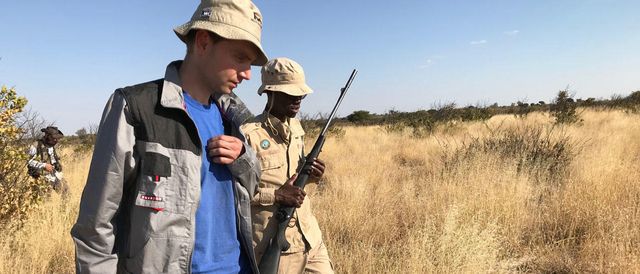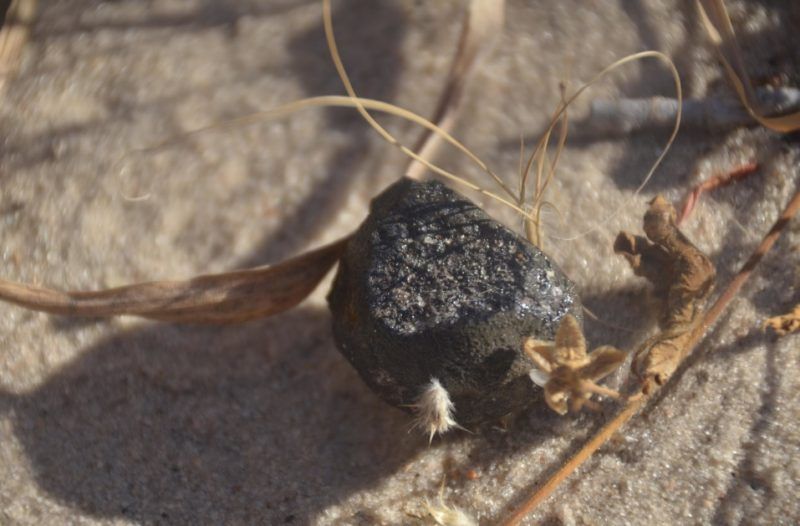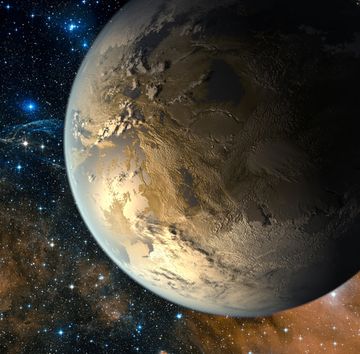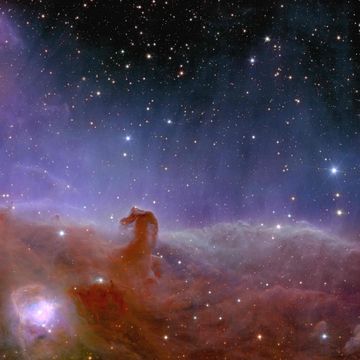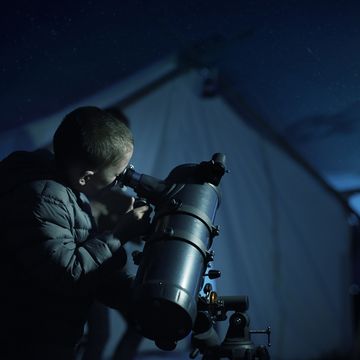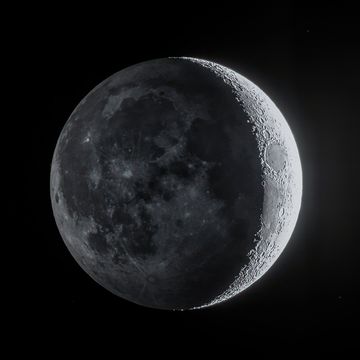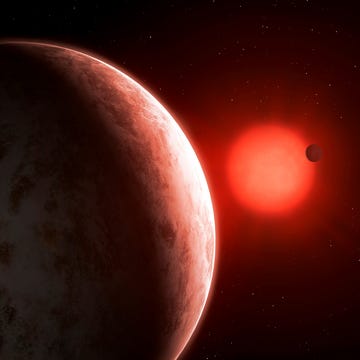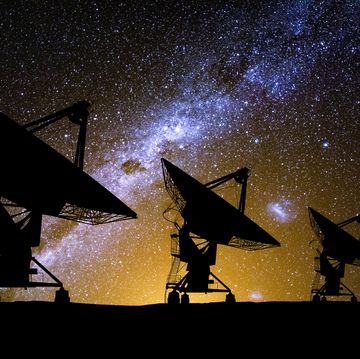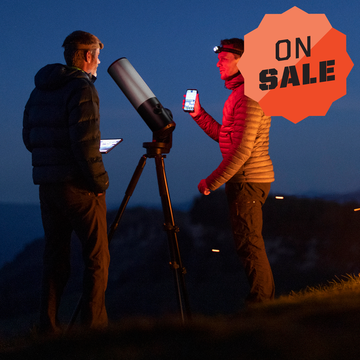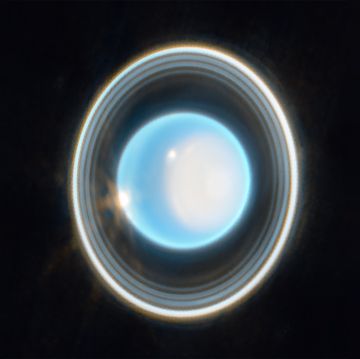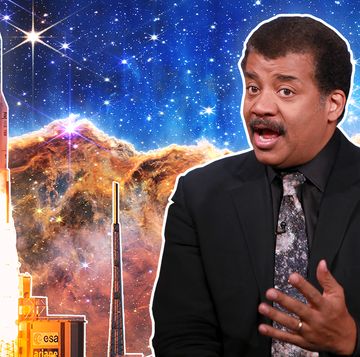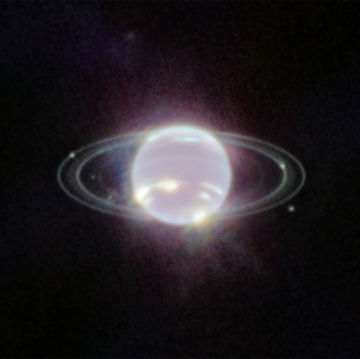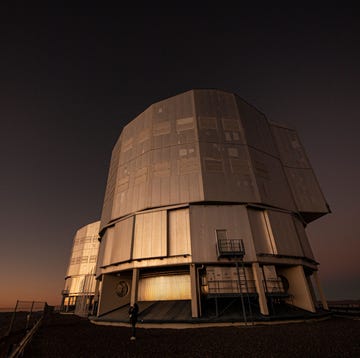The telescopes atop Mt. Lemmon in Arizona were keeping their steady vigil from their 9,000-foot perch on June 2 when one spotted something new. Just after 1 a.m. local time, a 60-inch reflecting telescope captured a streak of light across four images. Richard Kowalski knew what it meant—it was an asteroid, one that was close to Earth.
Kowalski, a senior research specialist with the NASA-funded Catalina Sky Survey (CSS), sent images and data to the Minor Planet Center in Cambridge, Massachusetts. The center typically receives reports of near Earth objects (NEOs) several times a night, but this one sent shock waves across the sky-scanning community. The initial trajectories they calculated indicated this was a new asteroid, and one was on a collision course with Earth.
The was no killer asteroid; the pieces of LA 2018 that made it to the planet’s surface were small. But tracking this space rock to the ground sparked weeks-long global hunt that led to a remote part of Africa, and served as a dry run for the day when a dangerous asteroid might be headed this way.
With a Bang
The initial sighting of 2018 LA was only the third time an asteroid has been discovered on an earthbound trajectory. Once the Minor Planet Center confirmed Kowalski’s discovery had the potential for impact, the data had to be confirmed by the Center for Near-Earth Object Studies at NASA's Jet Propulsion Laboratory. There, an automated system confirmed “a high probability” that the asteroid would hit Earth.
The rock was between 8 and 13 feet wide, so it was no dinosaur killer or even a risk to cause terrestrial damage. Meteors of this slight size break up, often explosively, once they hit the planet’s atmosphere.
“This was a much smaller object than we are tasked to detect and warn about," said Lindley Johnson, Planetary Defense Officer at NASA. “However, this real-world event allows us to exercise our capabilities and gives some confidence our impact prediction models are adequate to respond to the potential impact of a larger object.”
NASA’s Planetary Defense Coordination Office recently awarded the Catalina Sky Survey a 3-year, $7 million grant to find such objects. The survey has been around for 20 years, but in 2017 it found a record-breaking 991 near earth objects. The overall tally of known NEOs now stands at 17,700.
Of the NEOs found in 2017, 44 are at least 140 meters wide and have orbits that can bring them within 20 times the distance to the moon. These are the objects we call Potentially Hazardous Asteroids (PHA).
Researchers knew 2018 LA was not a PHA because it was too small, but the calculations showed it was going to end its long journey on Earth. The rock belongs to the Apollo Group. These asteroids exist in an “earth crossing” orbit, which doesn’t mean they will impact, or necessarily mean they will even cross each Earth’s orbital paths.
But 2018 LA certainly did, and with a bang. It entered the atmosphere near the border of South Africa and Botswana at 16:44 UT, zipping along at about 17 kilometers a second. Witnesses reported loud explosions and video caught a meteoroid fireball streaking through the sky.
Among the Lions
These sightings granted scientists the chance to find the fragments of the asteroid on Earth. Peter Jenniskens, a meteorite expert with the SETI Institute in California, flew to Botswana to get involved in the hunt. He did one of three assessments to determine where the fragments could be.
Jenniskens and his staff at the University of Botswana and the Astronomical Society of Southern Africa collected security surveillance videos to determine the trajectory of the fireball. The clues all pointed to the same place: the remains must be scattered amid the Central Kalahari Game Reserve.
“The challenge was to search for a meteorite in 200 square kilometers of uncharted wild in a park teeming with elephants, lions, and snakes,” said professor Alexander Proyer, who lead the recovery expedition, in a SETI release.
Park rangers provided guidance and security for teams from the Botswana International University of Science and Technology (BUIST) the Botswana Geoscience Institute University of Botswana's Okavango Research Institute.
The teams spent four days of fruitless searching. Then a student from BUIST, Lesedi Seitshiro, saw a black bit of debris from space sitting in the brush. The discovery was “only the second time in history that a small asteroid observed in space was recovered following its impact on Earth,” according to SETI.
By law, Botswana owns any meteorites that fall in its territory. “We see it as our mandate and duty to respond quickly to events like this one and to recover the material, both for research purposes and as part of the heritage of Botswana,” said Proyer. "This meteorite is a priceless piece of rock that the people of Botswana will want to enjoy seeing on display for generations to come."
Joe Pappalardo is a contributing writer at Popular Mechanics and author of the new book, Spaceport Earth: The Reinvention of Spaceflight.
